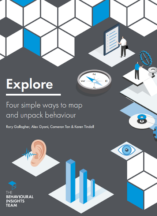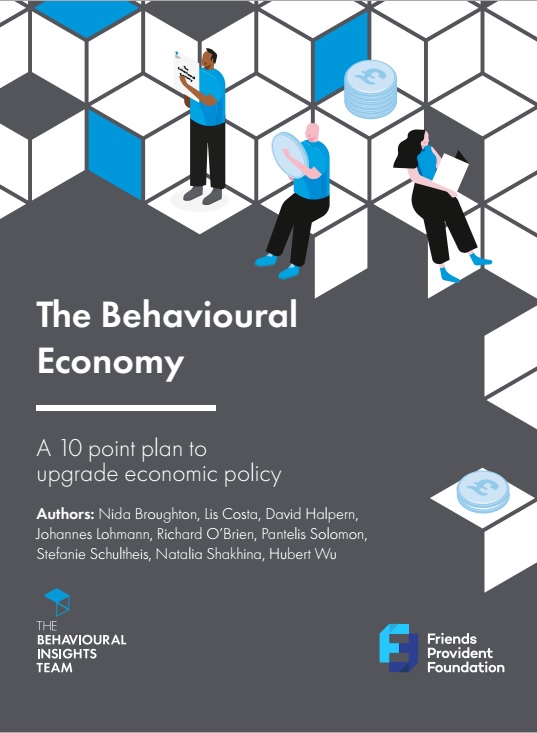If you have ever been tasked with influencing a behaviour, you will know that it is critical to understand that behaviour in context. You need to understand the issues faced by the people affected. At BIT, we refer to the process of understanding behaviour in context as Exploring. Exploring is about discovering what people do and crucially why.
Over the course of the last 10 years, we have been asked for a guide on how to do Explore work by a number of our partners. In some cases, these partners have been policymakers who are familiar with qualitative research, but want to know more about how they can use their administrative data to understand their policies.
In other cases, our partners have been foundations and not-for-profit organisations who are keen to learn more about their beneficiaries. Or sometimes our partners have been private sector organisations who are keen to see how they can increase their social impact by understanding the context in which they are operating. We have used the term ‘policymaker’ to describe anyone who fits into this category. Being a policymaker does not mean that you are in government.
While our definition of a policymaker is broad, we have written this guide with a specific audience in mind: someone who wants to develop better policies, services and products, and acknowledges that it is important to Explore the context in which you are operating before trying to change it. If you are still on the fence about this point, we hope that we can convince you otherwise.
Making it easy to Explore
As well as writing the full handbook that details the why and the how of Explore, we have developed a Field Guide to make it as easy as possible for you to start Exploring with two versions:
- Print at home edition
- Digital edition
The Print at home edition is designed so that you can print it off and start your own Explore project immediately (just remember to check that your printer is set to the ‘flip on the short edge’ setting). The Digital edition is best for people viewing it on a computer or a tablet.
Good luck!







